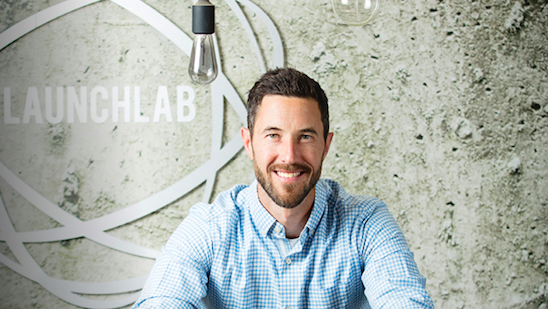LG’s 100-Inch QNED evo AI TV Redefines Big-Screen Viewing in South Africa In a bold leap forward for home entertainment, LG Electronics South Africa…
Demystifying entrepreneurism: it’s not ‘gut-feel’, it’s more considered than people think [Opinion]

You’ve got a great idea and are ready for change. You’ve earned some interesting insight from your 10 000+ hours that makes a disruptive startup idea clear in your mind.
You’re all set to launch the world’s next big venture, right? Wrong.
According to a 2019 report by Startup Genome, more than 90% of startups fail. The number one reason for their failure (42%) is misreading market demand, and the second contributor to failure (29% of cases) is running out of funding
Clearly, it takes more than simply a big idea, so let’s take a step back and analyse how to make sure your startup is one of the 10% that succeed.
Get the basics right
It’s critical to establish upfront what type of startup you’re building, as this will determine the type of product to build, what capital to raise, and what team to hire if any. For example, if your dream is to own a surf school to fund a lifestyle, you’re going to approach your startup very differently from someone whose vision is to build a shoot-for-the-moon scalable startup that combines huge upside coupled with high risk. For the sake of this article, we are going to assume we’re discussing a startup whose goal is not to fund a lifestyle but rather to become world-shaping.
At Stellenbosch University LaunchLab, we define a startup as a ‘temporary organisation searching for a scalable and repeatable business model.’ All startups are in a race against time between product-market-fit and financial runway.
This simply means that we need to find a way to sell a product over and over again before we run out of money. We are ‘temporarily small’ so we can ‘search’ for the business model that allows us to sell in a lean, agile manner without high fixed costs.
Corporates are not lean, nimble, or agile enough to search for their business model, plus they are saddled with soaring fixed costs and liabilities.
Startups do not bear these same fixed cost burdens if they remain temporarily small and lean, so they can search – as quickly and cost-efficiently as possible – for their product-market fit. This is why startups continually disrupt their corporate incumbents. It’s also why startups can be way more fun to build and grow.
Ultimately, a viable, sustainable, and scalable startup lives at the intersection of three elements. The race against time is to determine if your startup indeed lives at this intersection:
- Technological feasibility: is it possible to create the underlying tech necessary to solve the customer problem?
- Market desirability: even if we can create the tech, does anyone value it enough to pay us for it?
- Financial viability: even if we create the tech and someone pays us for it, will they pay us enough that we can pay all our expenses with enough left over for ourselves and reinvestment into the business?
Be lean, buy time, and search
How do you achieve this objective as quickly and as cheaply as possible? Here’s where the pros can help, but there are three basic principles.
- Get lean so you can search. It’s all about getting costs – especially fixed costs – as low as possible so you can buy the time to search.
- Use Design Thinking and Lean Startup Methodology to search, search and search again for your business model. This requires spending upwards of 50% of your time talking to potential customers to better understand the new problems that they face. Only then can you design products and services that best serve your potential customers.
- Develop an entrepreneurial, growth mindset by reading books such as Grit: The Power of Passion and Perseverance by Angela Duckworth and Mindset: The New Psychology of Success by Carol Dweck.
While it’s admirable to follow your entrepreneurial instincts, at Stellenbosch University LaunchLab we believe that venture building is a science complete with its own set of rules, techniques, and best practices. Product-market-fit is the single most important objective of every early-stage startup and customer discovery is a critical, but often overlooked, step in the process of searching for it.
The empathy phase of Design Thinking reduces the risks by probing peoples’ interest before actually investing in development, while Lean Startup provides a framework and actionable metrics to move the product forward. Putting this combination to work will give you a head start in that race against time and ultimately lead to world-shaping success.
This article was written by Joshua Romisher, the CEO of Stellenbosch University LaunchLab.
Featured image: Joshua Romisher, the CEO of Stellenbosch University LaunchLab (Supplied)


